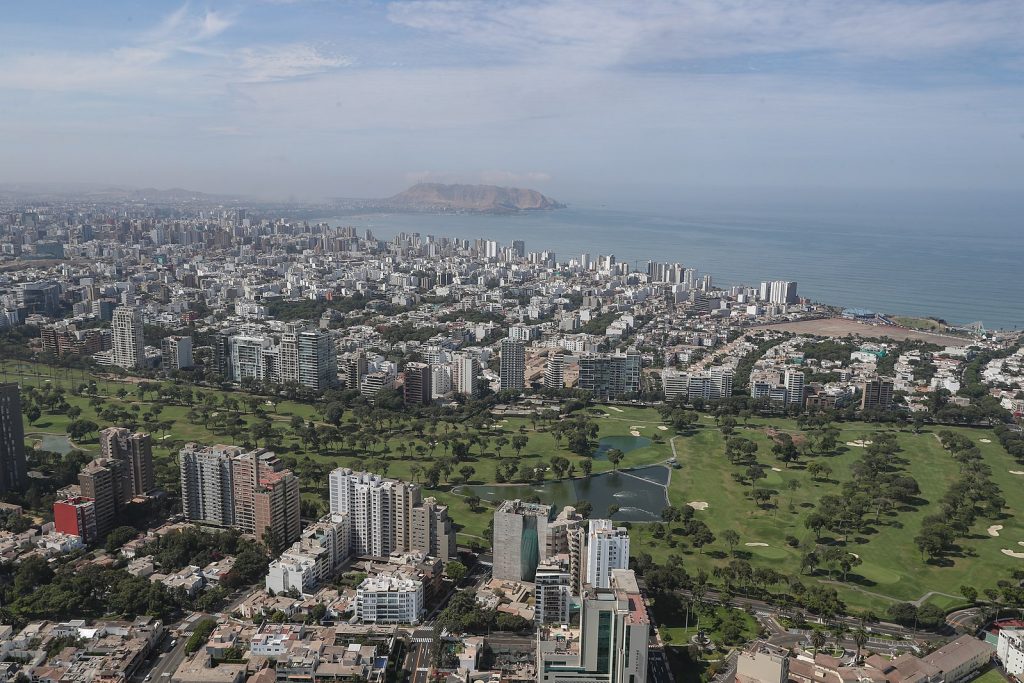Traveling across the world has taken a unique turn with homestays and cultural exchange in South America gaining popularity. More people than ever are packing their bags and exploring new places. In just one year, over a billion tourists hopped from one country to another. That’s a lot of exploring! And guess what? Many of these travelers are looking for more than just pretty sights. They want to dive deep into the heart of the places they visit. This is called “cultural tourism.” It’s all about experiencing the real lives, traditions, and stories of the people who live there. With the rise of homestays and cultural exchange in South America, this way of traveling is growing quickly because people are realizing it’s a special way to understand and appreciate our diverse world.

The Beauty of Homestays and Cultural Exchange in South America
South America is a region filled with diverse cultures and deep histories. From the ancient Inca ruins in Peru to the vibrant festivals of Brazil, there’s a wealth of traditions to explore, enhanced by homestays and cultural exchange in South America. Each country boasts its own unique stories, customs, and foods, such as empanadas in Argentina or ceviche in Peru. Across the continent, the blend of Indigenous, European, African, and Asian influences has created a rich tapestry of experiences. The rise of homestays and cultural exchange in South America ensures that every corner of the continent offers insights into its past and a glimpse of its lively present.
The Power of Homestays and Cultural Exchange in South America
A homestay is when travelers stay in the home of a local family instead of in a hotel. It’s like being an invited guest in someone’s house. Here, you get to live as they do – sleeping in their home, eating their food, and taking part in daily activities that are enriched by the essence of homestays and cultural exchange in South America.
When you choose a homestay, especially in South America, you dive deep into the local way of life. Instead of just being a tourist, you become a part of the family for a short time. This means enjoying home-cooked meals, learning local customs, and sharing stories.

Cultural Exchange in South America: A Two-Way Street
Cultural exchange in South America is like a conversation between two people from different places. Travelers share their own values, traditions, and stories with their hosts. In return, they learn about the local way of life. It’s not just about taking; it’s also about giving and sharing.
When travelers visit a new place in South America and stay with locals, they don’t just see things; they experience them. At the same time, hosts learn about the traveler’s home country and way of life. This sharing helps both sides understand each other better.
Why Sustainable Cultural Tourism is Important
Sustainable cultural tourism, especially with homestays and cultural exchange in South America, is about more than just vacations and photos. It’s a commitment we make when we travel. Here’s why it’s important:
Respect:
We step into someone’s home when we visit a new place. It’s crucial to respect the local people and their customs. They have histories, stories, and traditions that are centuries old. Being mindful of these traditions enriches our travel experience and shows we care.
Supporting Locals:
This kind of tourism directly helps local communities. When tourists buy handmade crafts, eat in local restaurants, or stay in family-run inns, the money stays in the community. This allows local businesses to thrive and provides a steady income for families.
Preserving Culture:
Tourism can be a lifeline for cultural practices on the brink of being forgotten. Traditional dances, crafts, and songs get a new audience and a new lease on life. By showing interest, we give these traditions a reason to continue and flourish.
Protecting Historic Sites:
Without funds from tourism, many historic sites could fall into disrepair. Our visits help raise money for conservation. This means future generations can enjoy and learn from them, too.
Sustainable cultural tourism is a win-win for everyone involved. Travelers get genuine experiences, and local communities receive support. It’s a way to travel that feels good and does good.
Traveling is more than just exploring new places; it’s also about understanding and respecting the cultures we encounter. One big challenge is avoiding cultural appropriation. When taking part in homestays and cultural exchange in South America, it’s vital to be fully immersed in and respectful of the local culture.
Responsible Cultural Experiences for Tomorrow
Travelers and host communities both play a big role in making cultural tourism sustainable, especially in the framework of homestays and cultural exchange in South America. Travelers can have genuine experiences without harming local cultures by choosing to be more involved and respectful. Host communities can share their traditions while also setting boundaries. Let’s all work towards travel that values and preserves culture.
To learn more about how you can travel with Engaged Education, download our brochure today!







